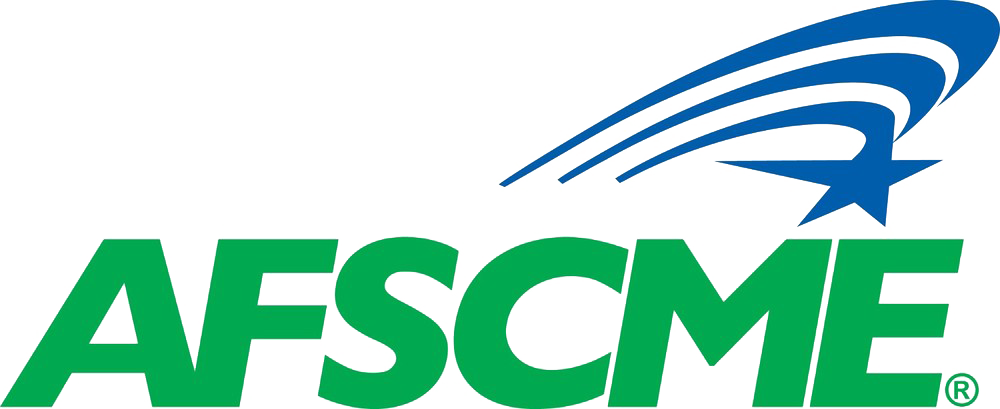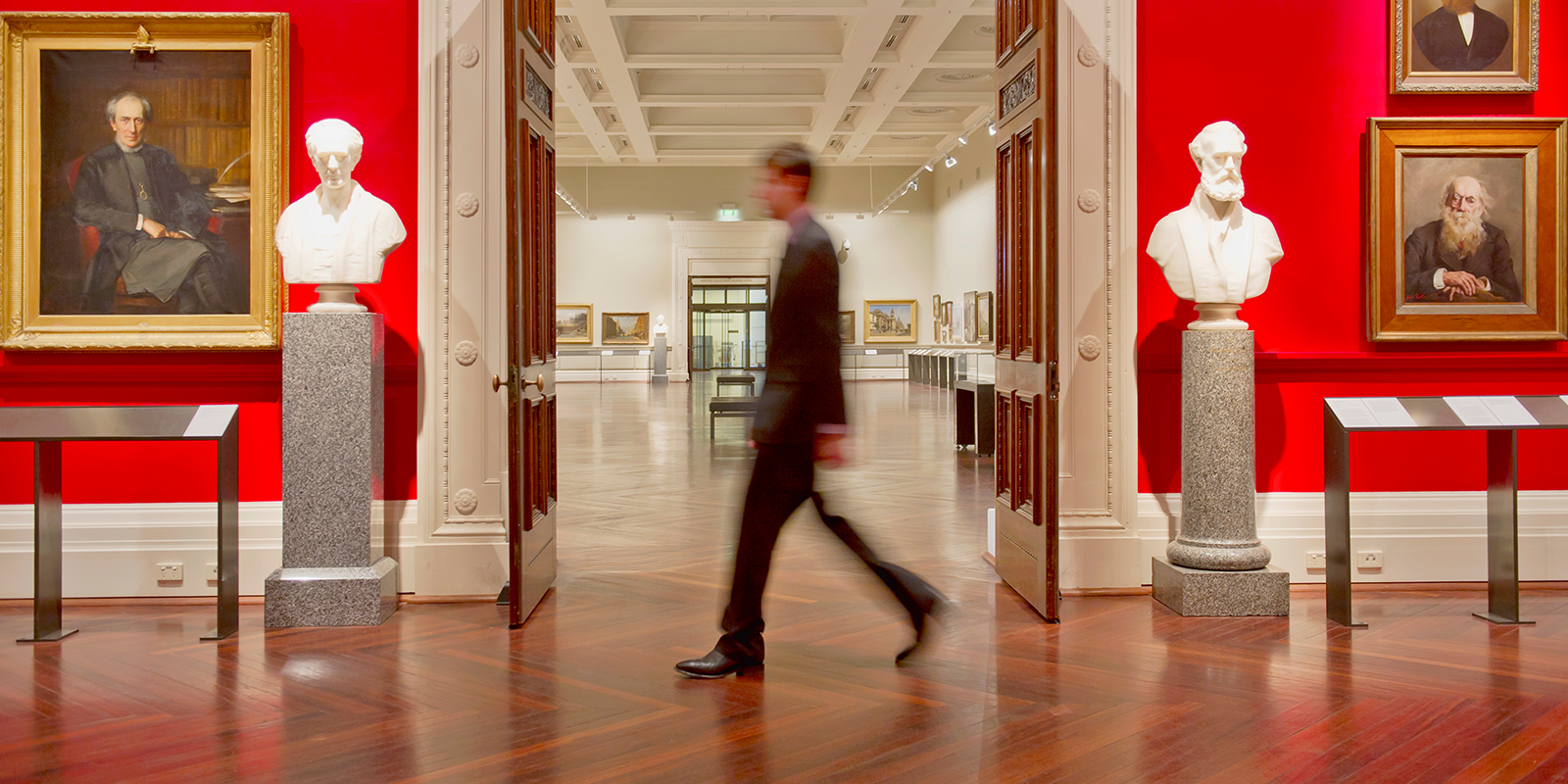Some of the nation’s largest cultural institutions accepted more than $1.6 billion in federal help to weather the coronavirus pandemic, but continued to let go of workers – even though the assistance was meant to shore up payrolls and keep workers on the job, according to a report released by AFSCME Cultural Workers United.
Congress created the Payroll Protection Program (PPP) through the CARES Act in March 2020 and ended it in May of this year. The purpose of this taxpayer-funded loan program was to help recipients “maintain their payroll, hire back employees who may have been laid off, and cover applicable overhead,” according to the U.S. Treasury Department.
Thousands of museums, zoos and aquariums received $1.61 billion in forgivable loans through the PPP, according to the report, which analyzed federal data, the institutions’ audited financial statements and media accounts.
“Museums with large endowments and multimillion-dollar budgets grabbed more than $1 billion in taxpayer-funded loans and grants to fill their coffers and then tossed their workers to the curb,” the report says. “Most cultural institutions narrowly complied with the job protections required for loan forgiveness under the program, but the biggest recipients cut jobs or reduced the salaries of their lowest-paid workers at the first opportunity despite having ample resources to keep workers on the payroll.”
In one eye-opening finding, the report found that 228 of the nation’s biggest cultural institutions shared $771.4 million in PPP loans, but collectively cut 14,400 jobs during the pandemic.
Cultural workers who had formed unions were better protected against furloughs and layoffs, the report notes. On average, unionized workers experienced 28% fewer reductions than nonunion workers. Unionized institutions had smaller average workforce reductions when compared to nonunion institutions. And unionized workers enjoyed contractually guaranteed recall rights in the event of layoffs; health and safety committees to address COVID concerns; and could negotiate hazard pay.
Adam Rizzo, a museum educator at the Philadelphia Museum of Art, says management cut his department from 70 workers to about 20 after the pandemic began in March 2020.
“It is disappointing that an institution that has education at the heart of its mission … deemed education staff to be so expendable,” says Rizzo, a member of AFSCME District Council 47. “The furloughs and layoffs have made it abundantly clear what the institution’s true priorities are: buildings over people, exhibitions over education, and the status quo over meaningful progressive change.”
Some PPP loan recipients highlighted in the report:
- The Museum of Contemporary Art, Los Angeles – which ended fiscal year 2020 with a $2.3 million surplus – received $3.3 million in PPP loans and laid off 97 workers during the pandemic.
- The Philadelphia Museum of Art, which received a $5.1 million PPP loan, spent tens of thousands of dollars on a union-busting law firm to fight their workers’ organizing effort. The museum then reduced its workforce by 127 during the pandemic.
- The Museum of Science, Boston, which had too many employees to qualify for the PPP program in 2020, laid off nearly half of its workforce during the pandemic – 309 workers – and then qualified for the next round of loans. With 333 workers left, the museum received $4.7 million from PPP in 2021.
Unions are playing an important role in stopping or reversing these worker cutbacks.
“We are still fighting through our union to get co-workers back to work,” says Ace Ubas, a retail coordinator at The Museum of Contemporary Art in Los Angeles and a member of AFSCME District Council 36. “We are also using our current contract negotiations to influence the museum’s priorities and demand they invest in their most important asset, us.”
The report’s findings underscore the need for stricter federal scrutiny to make sure loan recipients retain and invest in their workers.
This is especially important because the federal government is making additional assistance available through the Shuttered Venue Operators Grant program (SVOG). As of Aug. 9, the government had distributed $1.06 billion in grants to 682 cultural institutions through the SVOG, the report says.

